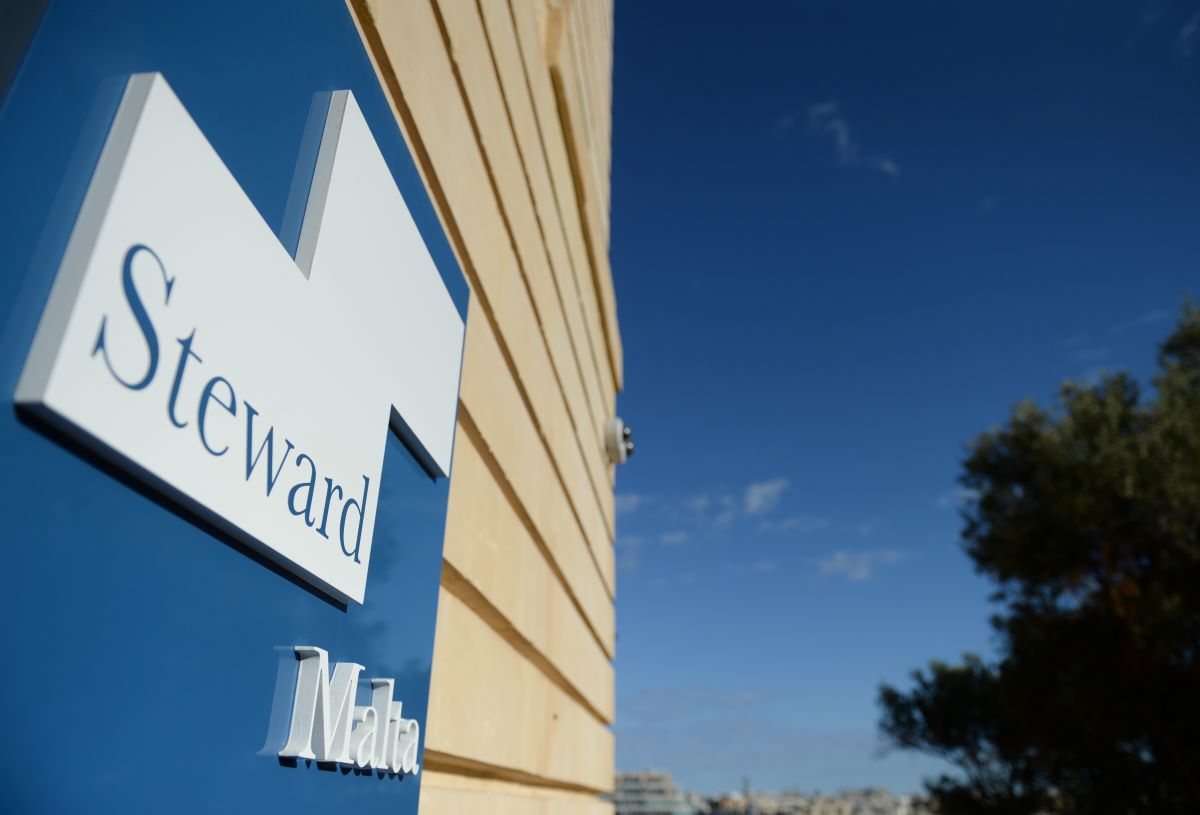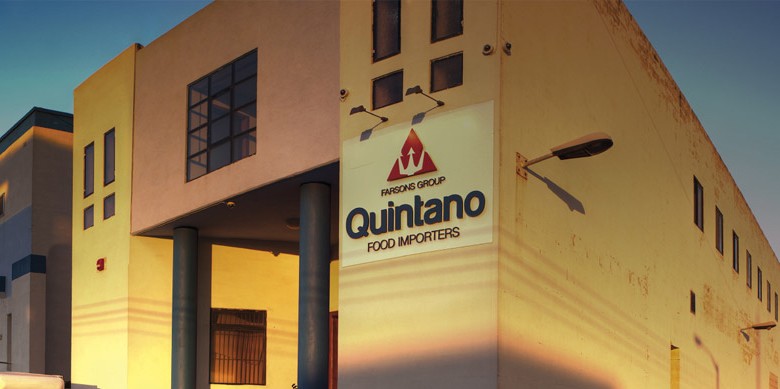Last week was characterised by a vast amount of earnings announcements both locally as well as internationally.
On the international front, the main focal point for financial analysts and market strategists related to the guidance being provided and the estimated tariff impact rather than the historical quarterly earnings figures. The high level of uncertainty brought about by the reciprocal tariffs introduced on ‘Liberation Day (2nd April) impacts companies in different manners depending on the sectors in which they operate as well as the location of manufacturing (if any) and sourcing of raw materials among other factors.
Most of the companies forming the ‘Magnificent seven’ also reported last week. Given the fact that the market cap of these seven companies account for circa 30 per cent of the S&P 500 index, the recent reports and guidance from these companies had a large bearing on the overall direction of the market.
US equity markets suffered a sharp downturn in the first half of April immediately after the announcement of the reciprocal tariffs and concerns about the independence of the Federal Reserve due to threats by the President to replace the Chairman of the central bank. The S&P 500 fell by more than 10 per cent in the three trading days following the tariff announcements in early April (at its low, the index was down over 19 per cent from record high reached on 19 February 2025). However, there was a strong recovery in the past two weeks. The market reacted positively to the postponement of reciprocal tariffs (except on China), the easing of pressure on the Chairman of the Federal Reserve, an overall strong earnings period together with indications of possible trade talks between the US and China.
Locally, in the midst of the deadline for the annual reporting season of 30 April during which a large majority of the companies publish their 2024 Annual Report, three of the banks also issued their Q1 2025 figures. The dominant position of Bank of Valletta plc in the banking sector was once again very evident as it reported a five per cent increase in pre-tax profits to €67.1 million as operating income was virtually unchanged while there was a much lower impairment charge in the past three months compared to the comparative period. On the other hand, HSBC Bank Malta plc reported a 29 per cent decline in pre-tax profits to €27.9 million as a result of the decline in interest income (due to lower interest rates across the eurozone) and an adverse impact from impairments. The benefit of BOV’s strategy of repositioning its balance sheet away from liquidity at central banks and short-term financial instruments towards longer term interest-earning assets (local and financial instruments) is now starting to show up clearly. While this was largely expected by those analysts who regularly follow the quarterly financial statements and investor presentations available online, it is now becoming very evident to all investors.
Due to space restrictions, it is not possible to provide highlights of the financial statements published by all the equity issuers over the past two weeks.
Meanwhile, apart from the announcements by the equity issuers, there were also those by bond issuers and related companies who act as guarantors. Given the preference by the local investment community for fixed-income instruments (bonds) together with the growing size of the corporate bond market which has now reached over €2.8 billion, a review of all the financial statements and the upcoming forecasts being published in the Financial Analysis Summary by the end of June is fundamental to gauge the strength of the various companies and any warnings that may arise from an analysis of these reports.
There were a number of companies whose reports confirmed their very strong financial performance which ought to provide major comfort to the investing community despite the fact that these companies have unsecured bonds in issue. Premier Capital plc which has its bonds due to redeem in November 2026 and is the largest operating asset of Hili Ventures Limited (which in turn acts as guarantor to the various bonds issued by Hili Finance Company plc) disclosed that its revenue rose to over €700 million, with an EBITDA of over €100 million and pre-tax profits of €62 million. Likewise, Virtu Maritime Limited as guarantor to the bonds issued by Virtu Finance plc due to redeem in November 2027 reported an operating profit of €24.0 million and a pre-tax profit of €21 million in 2024.
Contrary to popular belief, unsecured bonds from these strong companies and several others should be much more comforting than secured bonds from weak companies.
In fact, there were a number of warnings from companies that could be of concern to the investing community. These should not surprise those individuals and market participants who give close attention to the ongoing periodic reports published by all companies as part of their reporting obligations.
Within the annual report of a particular company, there was reference to the auditor emphasizing a tight liquidity position and that “the going concern assumption is subject to material uncertainty”. However, it was also reported that the directors of this company are confident due to the active steps being taken to address this and are in discussions with financial institutions to provide the required financing.
Moreover, another company operating in the retail industry reported another disappointing financial performance with administrative expenses continuing to exceed the gross profit leading to another loss-making year contrary to the forecasts which had projected operating profits. Unless a turnaround in the core business is achieved in the coming years, this company will require additional equity injections due to the high level of leverage that is already evident.
The investing community needs to remain extremely vigilant indeed and obtain the necessary assistance to perform ongoing reviews of the companies to which they are exposed to.
Read more of Mr Rizzo’s insights at Rizzo Farrugia (Stockbrokers).
The article contains public information only and is published solely for informational purposes. It should not be construed as a solicitation or an offer to buy or sell any securities or related financial instruments. No representation or warranty, either expressed or implied, is provided in relation to the accuracy, completeness or reliability of the information contained herein, nor is it intended to be a complete statement or summary of the securities, markets or developments referred to in this article. Rizzo, Farrugia & Co. (Stockbrokers) Ltd (“Rizzo Farrugia”) is under no obligation to update or keep current the information contained herein. Since the buying and selling of securities by any person is dependent on that person’s financial situation and an assessment of the suitability and appropriateness of the proposed transaction, no person should act upon any recommendation in this article without first obtaining investment advice. Rizzo Farrugia, its directors, the author of this article, other employees or clients may have or have had interests in the securities referred to herein and may at any time make purchases and/or sales in them as principal or agent. Furthermore, Rizzo Farrugia may have or have had a relationship with or may provide or has provided other services of a corporate nature to companies herein mentioned. Stock markets are volatile and subject to fluctuations which cannot be reasonably foreseen. Past performance is not necessarily indicative of future results. Foreign currency rates of exchange may adversely affect the value, price or income of any security mentioned in this article. Neither Rizzo Farrugia, nor any of its directors or employees accepts any liability for any loss or damage arising out of the use of all or any part of this article.
Women-led startups secure just 12% of venture capital funding in EU
Data from a new study was announced recently at high-level event in Brussels
Debating spin-offs
Stockbroker Edward Rizzo discusses the announced sale of Trident Estates’ second-largest asset, Qormi’s Trident House
Malta’s growing debt servicing requirements
While the 2026 Budget outlines ambitious fiscal targets, its continued silence on capital market development poses a setback







